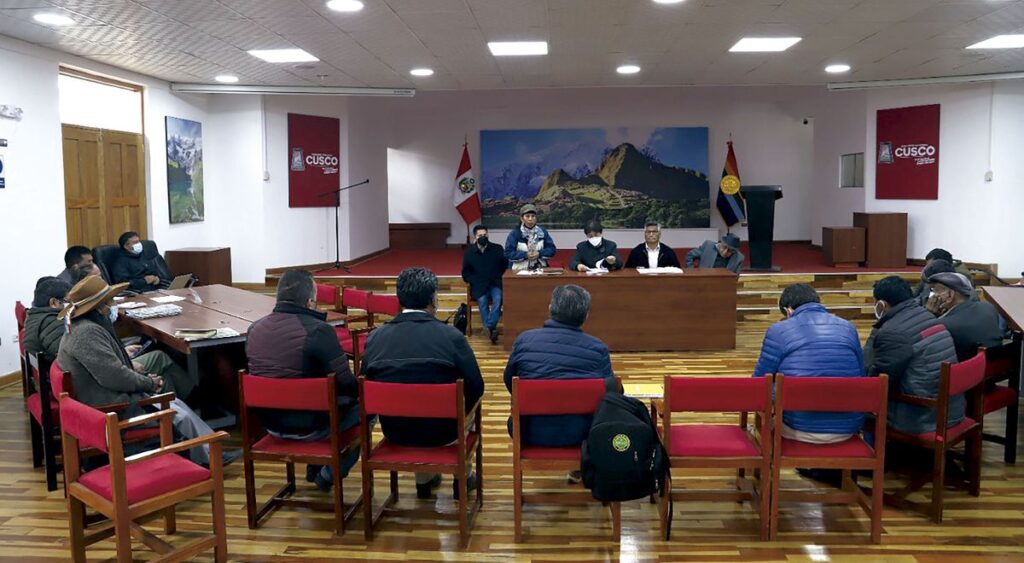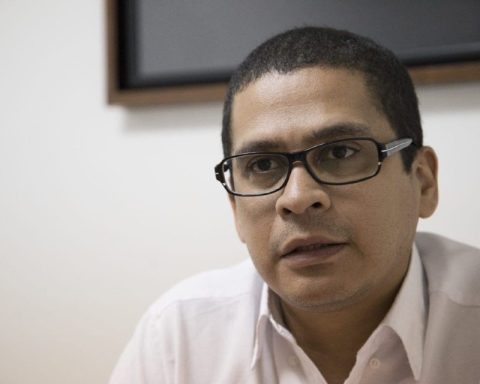Santiago, DR. The new Central Station of the Integrated Transport System (SIT), which will have four modes of mobility: monorail (work idealized for 2024), Cableway (ideal mode of transport for the year 2023), bus and bicycle, has a projection to mobilize some 59 million passengers a year, which will guarantee a commercial and tourist dynamic in the Ciudad Corazón.
The announcement was made during the panel “Santiago’s Integrated Transportation System as a tourism engine” at Expoturismo Santiago, XXV edition, which included the participation of Omar Piantini in charge of Commercial Management, Frinette Rodríguez, in charge of Communications of the SIT, Gladilaida Pereyra, president of the Domingo de Prends Turística Association (Adompretur) subsidiary Santiago and Maribel Hernández, in charge of communications for the Mobility System.
One of the main objectives of this project is to meet the needs of the people of Santiago in terms of daily mobility and supply the tourist offer through route circuits, said Maribel.
The Central Station of the Integrated Transport System of Santiago (SIT) will be the new commercial and tourist hub of the Ciudad Corazón through which around 59 million passengers a year will circulate, guaranteeing a constant commercial and tourist dynamic that will incorporate a shopping center and business.
This station has been conceived to become a business point with a mixture of space options for entertainment, restaurants, and other service alternatives that complement the modern integral mobility system under the avant-garde and sustainable design that will enrich the experience. of visitors.
“The system will have most of the air route, which will allow tourists to appreciate the city from another perspective, either from a cable car cabin or from one of the Monorail cars, the only one of its kind in all of Central America and the Caribbean. A unique experience at a low cost in a safe, comfortable and, above all, sustainable way due to the low environmental impact that this system has due to the low environmental impact that this transportation system has”, informed Piantini.
In that same order, Piantini stressed that the system is designed so that tourists and visitors to the city can connect the different tourist attractions in the city such as the Mirador del Yaque, the Monument, the Historic Center, among others.
“In this way, we strengthen existing tourism offers in Santiago, such as business and health tourism, incorporating the Urban Tourism modality with circuits of tourist routes within the city, as occurs in Medellín and Bogotá, Colombia,” he said.
What will the Santiago Integrated Transport System be like?
In the conversation, Frinette described the system that will incorporate four modes of mobility, will impact 500,000,000 beneficiaries directly, and will transfer around 200,000 passengers a day, in a total route of 21.5 kilometers between Monorail and the Cable Car.
This project will be an aerial cableway transportation system that will fly over congestion zones and allow the integration of the marginalized sectors of the banks of the Yaque del Norte River, along a 6.5-kilometer route.
While the monorail will include the consolidation of a mass transportation axis with a capacity of 20,000 passengers per hour.
“Throughout its 15 kilometers, the monorail will be confirmed by 14 stations whose design will improve urban spaces and develop the great potential of this city,” he pointed out.















